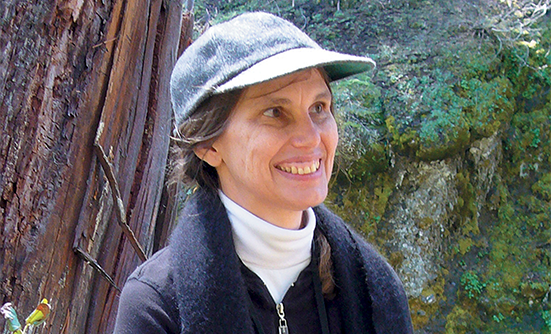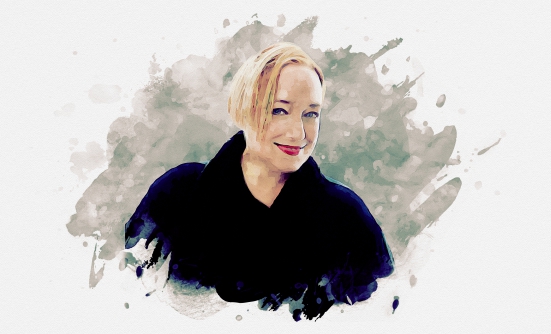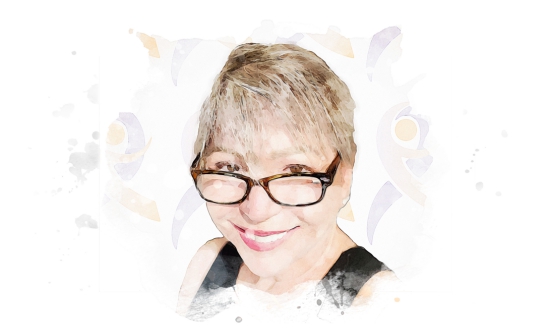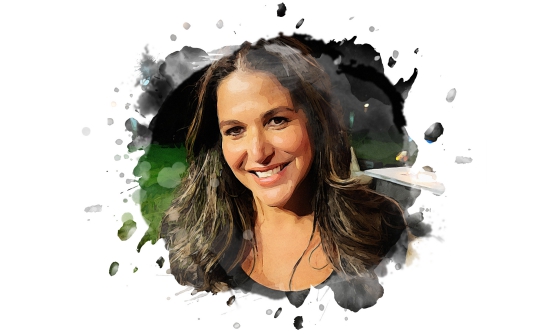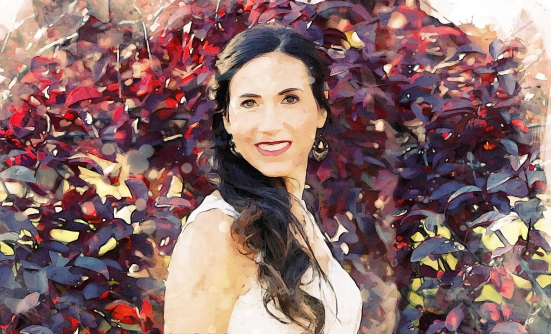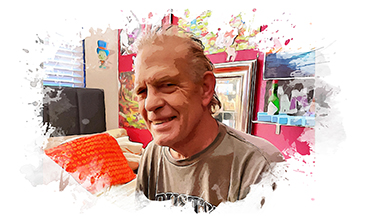
A few months after my 50th birthday, I found myself crawling from bed to sofa to bed. I would eat 3 bites of dinner and be full. I thought I was experiencing something related to my long history with anorexia, but I was wrong.
Instead, I had a 5-cm tumor in my stomach, with a bleeding ulcer on it. Surgery took one-third of my stomach and the pyloric sphincter, the lowerstomach valve that holds food in. I was told I had a benign gastrointestinal stromal tumor, better known as GIST.
I knew the word “benign” was wrong. My father and his only sister had died of “benign” tumors called paragangliomas, a rare type of neuroendocrine tumors. I started reading research papers to see if there was a connection between my GIST and my father’s paraganglioma.
I came across a research paper by Dr. C.A. Stratakis, from the National Institutes of Health, that said that an SDHB DNA mutation could lead to GIST or paragangliomas. So I got a DNA test, which showed I did have the SDHB mutation. I had inherited a gene mutation that resulted in cancer.
My “Disney Dad”
My father had died at age 45 of cancer, when he was Head of Publications at Walt Disney Studios. He wrote and edited comic books. He invented a goofy alter ego named “Super Goof.” My dad was my “hero” in my family of 3 brothers and no sisters. His first tumor was found the year I was born. He, like me, was told that it was “benign.” When he died 15 years later, his body was riddled with tumors.
I thought that in the 35 years between his death and my diagnosis a treatment plan would become available other than surgery. There was no cure when dad died, and to this day, no chemotherapy or targeted medications work for people with SDHB-deficient GIST. In the past 10 years, I’ve had 4 surgeries to remove two-thirds of my liver and the gallbladder (which was in the way), 3 peritoneal (the thin layer on the stomach) tumors and 1 “rogue” tumor in my left breast/armpit (a location where a GIST had never been seen before).
I currently have 6 growing tumors in my liver and peritoneal, thus I will need a fifth surgery that will entail cutting from the breast bone past my belly button. My cancer is considered stage IV (advanced stage).
A Rarity
To my knowledge, there are only 200 cases of SDHB-deficient GIST on record in the United States. At a cancer conference in July 2016, I asked a researcher what it would take to “study us.” A fellow patient and I were able to get him fresh tumor tissue, as well as raise $125,000 for his lab for research, and he was able to create 3 cell lines for future research.
We also started a website, www.SDHcancer.org, to educate other patients with rare cancer. In addition, I started a Facebook Private SDH Cancer Support page to help patients who are also scared, have been misdiagnosed, and have an inherited disease.
If I had not followed through immediately to get a genetic test that led to my initial diagnosis, I would not have found a GIST specialist, and would have died of metastatic liver cancer.
These days, every 4 months, my husband and I drive 5 hours to Portland, Oregon, so I can get a CT scan, blood tests, and meet with a GIST researcher. We also discuss any drugs in clinical trials that may potentially be good for me, and then we drive 5 hours back home. I’m on what is called a “watch and wait” approach until my tumors reach 5 cm in size, when I will insist on another surgery.
A Welcome Break
I am fortunate that my daughter chose to move back to our small town in Ashland, Oregon, after college, marry, and build her own house here, so I now have 2 grandchildren who visit me after their library program twice a week. The opportunity to play with my 1- and 4-year-old grandkids allows me a welcome break from my cancer world.
Testing Family Members
One of the hard parts of mentoring, however, is that my cancer is often a pediatric cancer, affecting young people, and it is inheritable. If one family member has an SDHB mutation, then all family members should be tested, and if they have the mutation, they should be monitored with annual CT scans or MRIs.
My daughter has been tested and does not have the mutation. My son prefers to live his life not knowing. Of my 3 brothers, only 1 has been tested, and he has the mutation, but to date—no tumors. I keep asking him, “What are you doing right?”
Revisiting the Past
The year after my diagnosis, I had to come to grips with how my childhood, and now my later life, are both dealing with a rare cancer. I wrote a book called A Disney Childhood: Comic Books to Sailing Ships, which was accepted by the first publisher I approached.
The best part of writing my book was contacting my father’s colleagues at Disney, who had not heard from the family in 35 years. They all said, “I remember your father like it was yesterday; he was my best friend.” Then they kindly fed me stories I could add to my book about father’s travels around the world, representing Walt Disney Studios in the 1960s.
When I was 8 years old, we were privileged to be part of a 6-week European publicity tour. Dad was helping with the promotion of the upcoming Jungle Book.
Then the rug was pulled out from under me at age 16, with my father’s death. Little did I know that the summer I would turn 17 was going to include another major incident. Mother bought a sailboat so we could sail to Hawaii and Tahiti and leave the world of cancer far behind. But on its crossing from San Diego to Honolulu, our lovely wooden boat was hit by a whale and sunk in the middle of the Pacific Ocean.
Ironically, Roy Disney Jr. saw the flares and was ready to rescue my mother and brothers at sea. But Nick Frazee, the commodore of the San Diego Yacht Club, said he was closer and he’d go to get my family, dropping out of the Transpac Yacht Race. Nick became my second hero. I was to fly to Hawaii as soon as the boat got there, since we had hired a professional crew for the crossing. When I heard the news on the radio, I flew to Honolulu and sat on the dock for 3 days waiting to see my family again.
Looking for a Magic Wand
Okay, Tinkerbell, Fairy Godmother, or Mad Madam Mim—I need one of your magic wands now to dissolve my tumors and help my fellow patients, mostly young adults, who have no treatment plan and have inoperable tumors.





